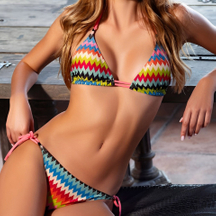Content Menu
● Introduction
● What Are Nipple Covers?
>> Definition and Primary Usage
>> Types of Nipple Covers
● Benefits of Using Nipple Covers
>> 1. Discretion and Comfort
>> 2. Protection from Chafing
>> 3. Variety of Styles
● Are Nipple Covers Bad for You: The Scientific Perspective
>> Safety Profile
>> Common Risks & Side Effects
● Are Nipple Covers Carcinogenic or Linked to Cancer?
● Expert Recommendations and Best Practices
>> How to Use Nipple Covers Safely
● Who Should Be Cautious with Nipple Covers?
>> Groups at Higher Risk
● Benefits of Nipple Covers
● Nipple Covers in Breastfeeding and Post-Surgery Context
● Real-World Usage Experiences
● Best OEM Practices for Manufacturers and Suppliers
● FAQ: Are Nipple Covers Bad For You?
>> 1. Can nipple covers cause skin problems?
>> 2. Are nipple covers linked to cancer?
>> 3. How should nipple covers be cleaned?
>> 4. Is there a safe duration for wearing nipple covers?
>> 5. Who is at higher risk of complications from nipple covers?
● Conclusion
● References
Nipple covers are generally considered safe for most individuals when used as intended, but they can pose certain health risks such as skin irritation, allergic reactions, and bacterial infections if proper hygiene and usage guidelines are not followed. The article below thoroughly investigates the safety, risks, and best practices surrounding the question: "are nipple covers bad for you," providing comprehensive answers backed by relevant evidence.[1][2][3][4][5]
*Exploring the health risks, benefits, best practices, and expert opinions about nipple covers for OEM brands, suppliers, and users worldwide.*
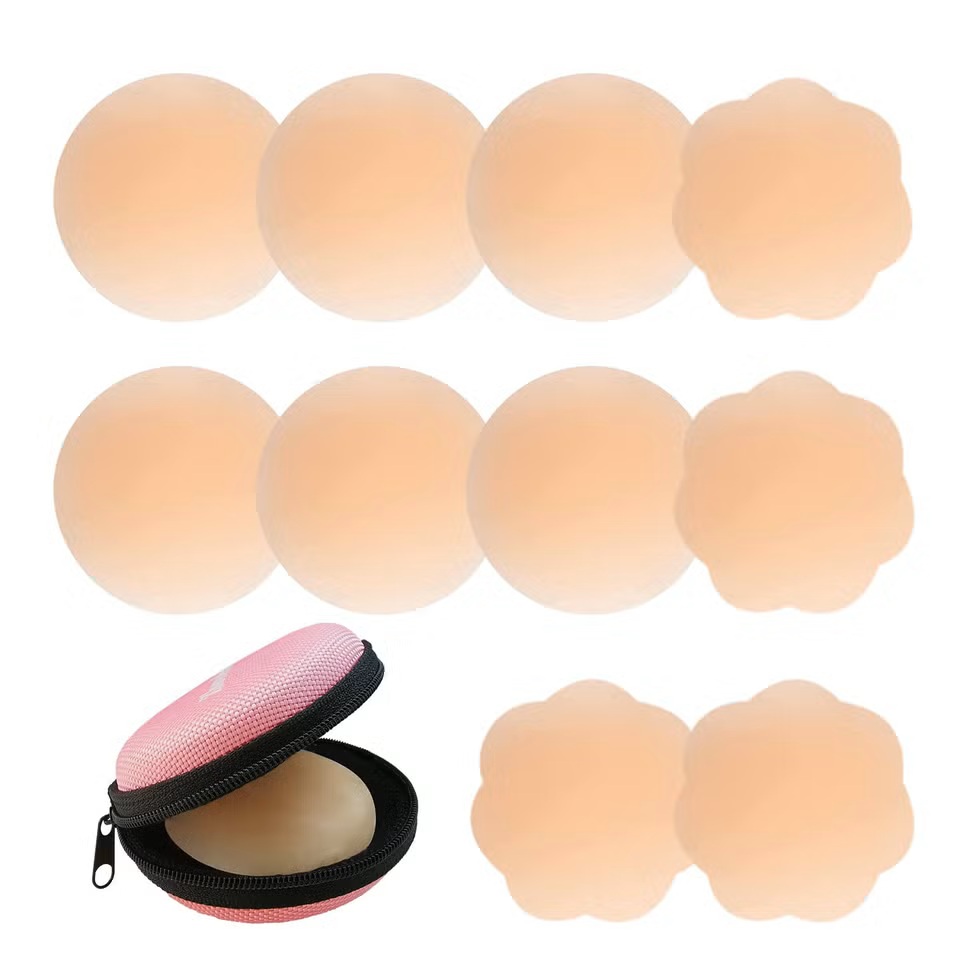
Introduction
Nipple covers have become a popular accessory for individuals seeking coverage, comfort, and enhanced appearance under various outfits. They are especially favored by breast implant recipients, fashion-conscious individuals, and those looking to avoid the inconvenience of regular bras. But this trend raises an essential question poised by health-conscious consumers and OEM brands alike: are nipple covers bad for you?[6][7][8][1]
This comprehensive article analyzes the potential risks and benefits associated with nipple covers, featuring the latest expert assessments, user experiences, and actionable tips for safe use. Inclusive of detailed guidelines, real-world case studies, FAQ sections, and practical safety checklists, the guide serves both consumers and manufacturers aiming for safe product implementation and responsible use.
What Are Nipple Covers?
Definition and Primary Usage
Nipple covers are thin discs or patches, typically made of silicone, fabric, foam, or medical-grade materials, designed to cover the nipples and minimize their visibility beneath clothing. They adhere to the skin using gentle adhesives or vacuum design and are reusable or disposable depending on their construction.[7][9][8][6]
Types of Nipple Covers
1. Silicone Nipple Covers: These are reusable and provide a smooth, natural look. They are often hypoallergenic and suitable for sensitive skin.
2. Fabric Nipple Covers: Made from soft materials, these are typically reusable and can be more comfortable for extended wear.
3. Disposable Nipple Covers: These are single-use and often made from thin plastic or paper materials.
4. Foam or Hydrogel Nipple Covers: Used for sensitive skin or post-surgical applications.
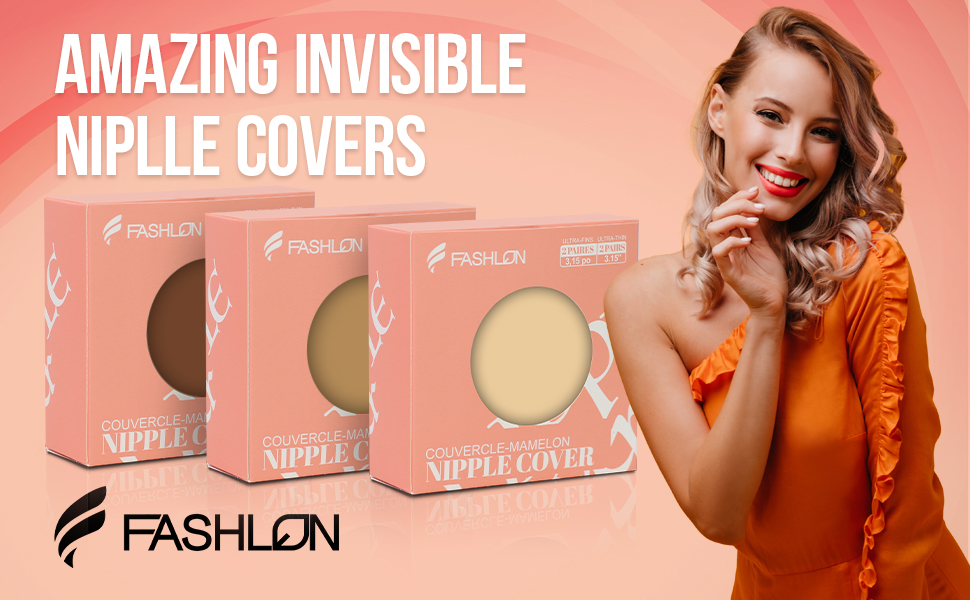
Benefits of Using Nipple Covers
1. Discretion and Comfort
Nipple covers allow women to wear revealing outfits without worrying about visible nipples. They provide a level of comfort and confidence, especially in social situations.
2. Protection from Chafing
For women who engage in physical activities, nipple covers can prevent chafing and irritation caused by friction from clothing.
3. Variety of Styles
Nipple covers come in various styles and colors, allowing women to choose options that best suit their outfits and personal preferences.
Are Nipple Covers Bad for You: The Scientific Perspective
Safety Profile
Most medical experts agree that high-quality nipple covers made from skin-safe materials are generally safe for the majority of wearers. Concerns usually arise from improper use, poor hygiene, allergic reactions, or unsuitable materials.[2][3][5][10][4]
Common Risks & Side Effects
- Skin Irritation: Prolonged wear, particularly in warm and humid conditions, can lead to redness, rashes, itching, and soreness due to friction or adhesive material.[3][5][1]
- Allergic Reaction: Individuals sensitive to adhesives or certain materials may develop allergic symptoms, including swelling or blistering.
- Infections: Moisture trapped under covers can harbor bacteria and increase the risk of infections like mastitis or abscesses, especially with broken or recently shaved skin.[11][5]
- Clogged ducts: For breastfeeding individuals, blocked pores or milk ducts can result if moisture accumulates, potentially leading to mastitis or other breast health issues.[1]
- Sweat and bacterial growth: Non-breathable covers or extended wear encourage bacterial growth, which may cause rashes or other complications.[5]
| Risk | Details |
| Skin Irritation | Redness, itching, soreness, rashes |
| Allergies | Reactions due to adhesives, swelling, blisters |
| Infections | Moisture buildup leading to bacterial infection |
| Mastitis | Prolonged blockage and temperature effects |
Are Nipple Covers Carcinogenic or Linked to Cancer?
Comprehensive scientific reviews confirm that nipple covers are not associated with cancer or other carcinogenic risks. Expert consensus upholds this view based on the inert nature of quality medical-grade silicone and fabric covers.[2][3][4]
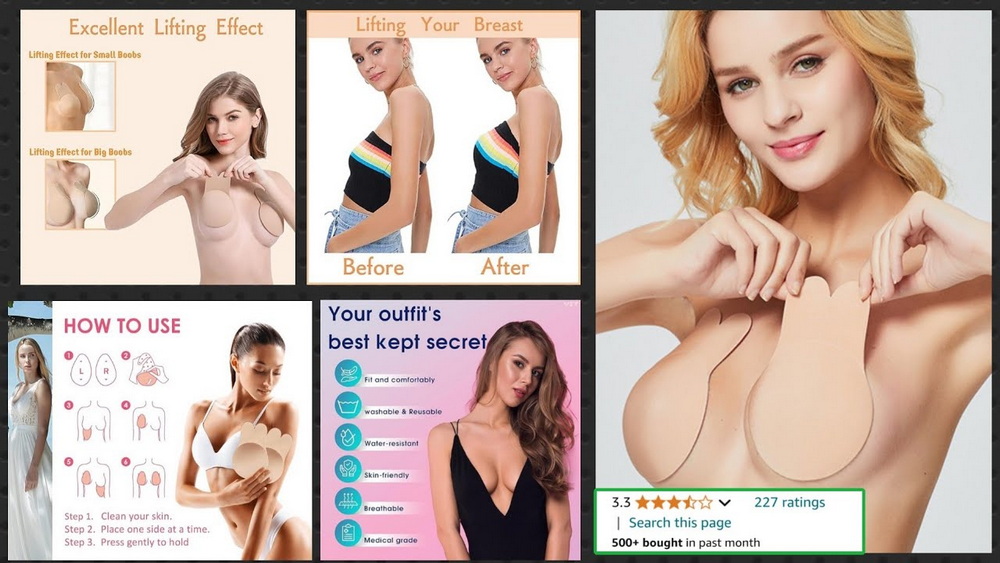
Expert Recommendations and Best Practices
How to Use Nipple Covers Safely
Medical practitioners and manufacturers recommend following these steps:
- Select quality materials: Choose hypoallergenic, medical-grade silicone or certified skin-safe fabrics.[10][4]
- Limit wear time: Avoid continuous wear longer than 8 hours; allow skin to breathe and recover.[9][3]
- Practice hygiene: Clean nipple covers and your skin with mild soap after every use; let everything air dry thoroughly.[6][9][1]
- Monitor skin: Discontinue use immediately if irritation, redness, or discharge develops; consult a specialist if symptoms persist.[5][1]
- Avoid damaged skin: Do not apply covers over broken, freshly shaved, or inflamed skin to prevent infection.[11][9]
- Test adhesive: If prone to allergies, test the adhesive on a less-sensitive patch of skin before full application.[9]
- Storage: Reapply protective foil after use to preserve stickiness and keep covers free from dust.[6][9]
Who Should Be Cautious with Nipple Covers?
Groups at Higher Risk
- Individuals with sensitive skin or allergies
- Breastfeeding mothers: Risk of mastitis from moisture and blocked ducts.[12][13][1]
- People with recent breast surgery
- Anyone with immune system issues or a history of skin infections
Benefits of Nipple Covers
Despite the risks, nipple covers offer multiple advantages:
- Discreet coverage and confidence for diverse fashion choices.[7]
- Comfort versus traditional bras with wires and padding.[1][7]
- Reusable designs decrease waste and cost over time.[7][6]
- Hypoallergenic options for minimal irritation.[4][10]
- Versatility, including swimwear use.[6]
Nipple Covers in Breastfeeding and Post-Surgery Context
Breastfeeding-specific shields differ from fashion covers and require expert guidance due to higher infection and latch issues. Post-surgical use of nipple covers must follow clinical hygiene and wear duration protocols.[14][15][13][16][17][12]
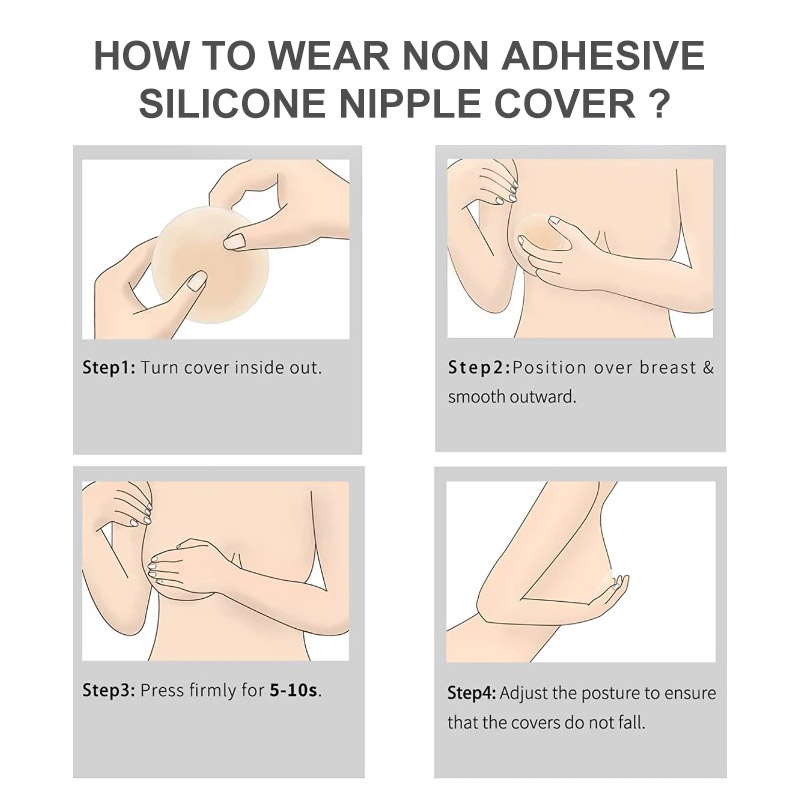
Real-World Usage Experiences
Testimonials and anecdotal evidence reinforce known risks. Some users have developed infections, soreness, or abscesses following repeated daily use, especially with improper hygiene or in humid conditions. These cases remain rare but underscore the importance of safe usage, material selection, and personal skin health monitoring.[11]
Best OEM Practices for Manufacturers and Suppliers
For those supplying nipple covers to brands and distributors, focus on:
- Product testing and certification for skin safety.
- Clear usage guidelines and recommended wear time.
- Transparent labeling for allergens and material specifications.
- Instructions for hygiene, application, and removal.
- Responsive customer support for product feedback and concerns.
FAQ: Are Nipple Covers Bad For You?
1. Can nipple covers cause skin problems?
Yes. Prolonged use and low-quality adhesives may cause rashes, redness, soreness, or breakouts—especially on sensitive skin.[5][1]
2. Are nipple covers linked to cancer?
No scientific studies connect nipple covers to breast cancer or any carcinogenic outcomes.[3][4][2]
3. How should nipple covers be cleaned?
Wash with mild antibacterial soap and warm water after every use, air-dry thoroughly, and keep covered until next use.[9][6][1]
4. Is there a safe duration for wearing nipple covers?
Avoid wearing nipple covers continuously for longer than 6–8 hours to minimize irritation; allow skin to breathe between uses.[3][9]
5. Who is at higher risk of complications from nipple covers?
Breastfeeding mothers, those with sensitive skin or known allergies, and individuals with compromised skin integrity should use nipple covers cautiously and follow strict hygiene.[5][11][1]
Conclusion
Nipple covers, when properly manufactured and used, are generally safe and beneficial for most people. However, users should remain vigilant about hygiene, wear duration, material quality, and personal skin health. Manufacturers should prioritize certified skin-safe materials, transparent communication, and detailed user guides to minimize risks for buyers and end-users. Consumers struggling with persistent symptoms or concerns should consult medical professionals for personalized advice.
References
[1](https://www.tannanplasticsurgery.com/silicone-nipple-covers/)
[2](https://bare-babe.com/blogs/blog/do-nipple-covers-cause-cancer-debunking-breast-cancer-myths)
[3](https://nuebootape.com/blogs/nueboo-blog/are-nipple-covers-bad-for-you)
[4](https://gzxksilicone.com/nipple-covers-safety-uncovered/)
[5](https://bare-babe.com/blogs/blog/can-nipple-covers-cause-infection-exploring-the-pros-and-cons-of-nipple-covers-for-women)
[6](https://magicbodyfashion.com/blogs/fashion/nipple-covers-what-to-do-with-them)
[7](https://www.nytimes.com/wirecutter/reviews/cakes-nipple-covers-review/)
[8](https://lovenood.com/blogs/news/nipple-covers-101-what-they-are-and-how-to-use-them)
[9](https://undercover-glamour.com/howtowearnipplecovers)
[10](https://neats.me/blogs/news/are-nipple-covers-safe-to-wear)
[11](https://www.reddit.com/r/ABraThatFits/comments/dmbz95/nipple_covers_instead_of_bras_discussion/)
[12](https://www.partumhealth.com/resources/breastfeeding-nipple-shields)
[13](https://app.mahmee.com/articles/pros-and-cons-of-nipple-shields)
[14](https://my.clevelandclinic.org/health/treatments/22130-nipple-shield)
[15](https://www.cebm.ox.ac.uk/news/views/nipple-shields-the-first-systematic-review-after-at-least-300-years-of-use)
[16](https://www.nyp.org/healthlibrary/articles/nipple-shields-for-breastfeeding-problems)
[17](https://pmc.ncbi.nlm.nih.gov/articles/PMC3014757/)
[18](https://www.healthyhorizons.com/blogs/blog/what-are-nipple-shields-and-do-i-need-them)
[19](https://gomommyus.com/blogs/news/can-you-sleep-with-a-metal-nipple-cover)
[20](https://byebra.com/is-breast-tape-safe/)



















